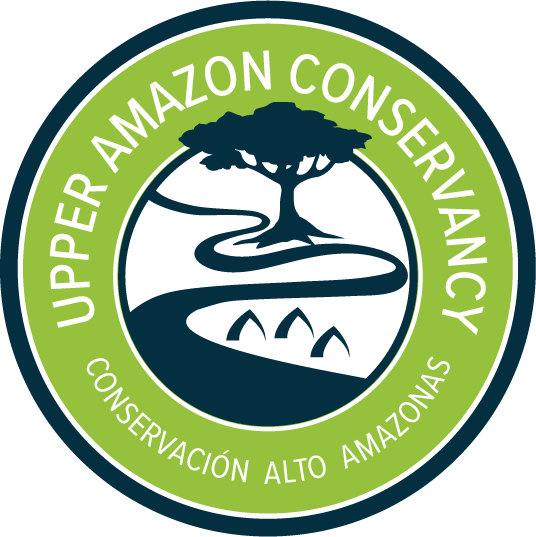UAC report: Threats to Indigenous Peoples in Isolation and Initial Contact (PIACI) in the Purús Complex, Peru
We are pleased to announce that our report "Diagnosis of Threats to Indigenous Peoples in Situations of Isolation and Initial Contact (PIACI) in the Purús Complex, Peru" is now available. This report provides a diagnosis of the threats affecting the basins of the Yurúa, Inuya, Sepahua, and Purús rivers, a vast region of tropical forests in the border area between Peru and Brazil. This area constitutes the northern part of the Purús - Manu Landscape, a complex of protected areas and indigenous territories covering over 10 million hectares and housing one of the largest populations of Indigenous Peoples in Voluntary Isolation and Initial Contact (PIACI) in the world.
The report highlights the existence of illegal activities and migratory processes that pose a risk to the security of highly vulnerable indigenous populations such as PIACI, as well as the ecological balance that supports the biodiversity in this region. These include:
the expansion of agricultural and livestock frontiers,
illegal logging,
the construction of illegal roads,
land trafficking and
drug trafficking.
Over the past five years, PIACI and remote communities have been severely threatened by illegal activities that have encroached upon their territories. During the COVID-19 pandemic, lockdown measures reduced the presence of state agencies and facilitated the increase in illegal activities, which saw an opportunity to expand.
The purpose of this diagnosis is to shed light on the threats endangering remote native communities and PIACI of the Yurúa, Sepahua, Inuya, and Purús river basins, including their headwaters within the Alto Purús National Park and the three Indigenous reserves created to protect isolated tribes: the Murunahua, the Mashco Piro, and the Kugapakori, Nahua, Nanti, and Others.
The goal is to inform and raise awareness among authorities, institutions, and various stakeholders, and to create a document that can support the development of strategies to address these threats and promote the protection of these remarkable forests and one of the largest concentrations of isolated people on Earth.

